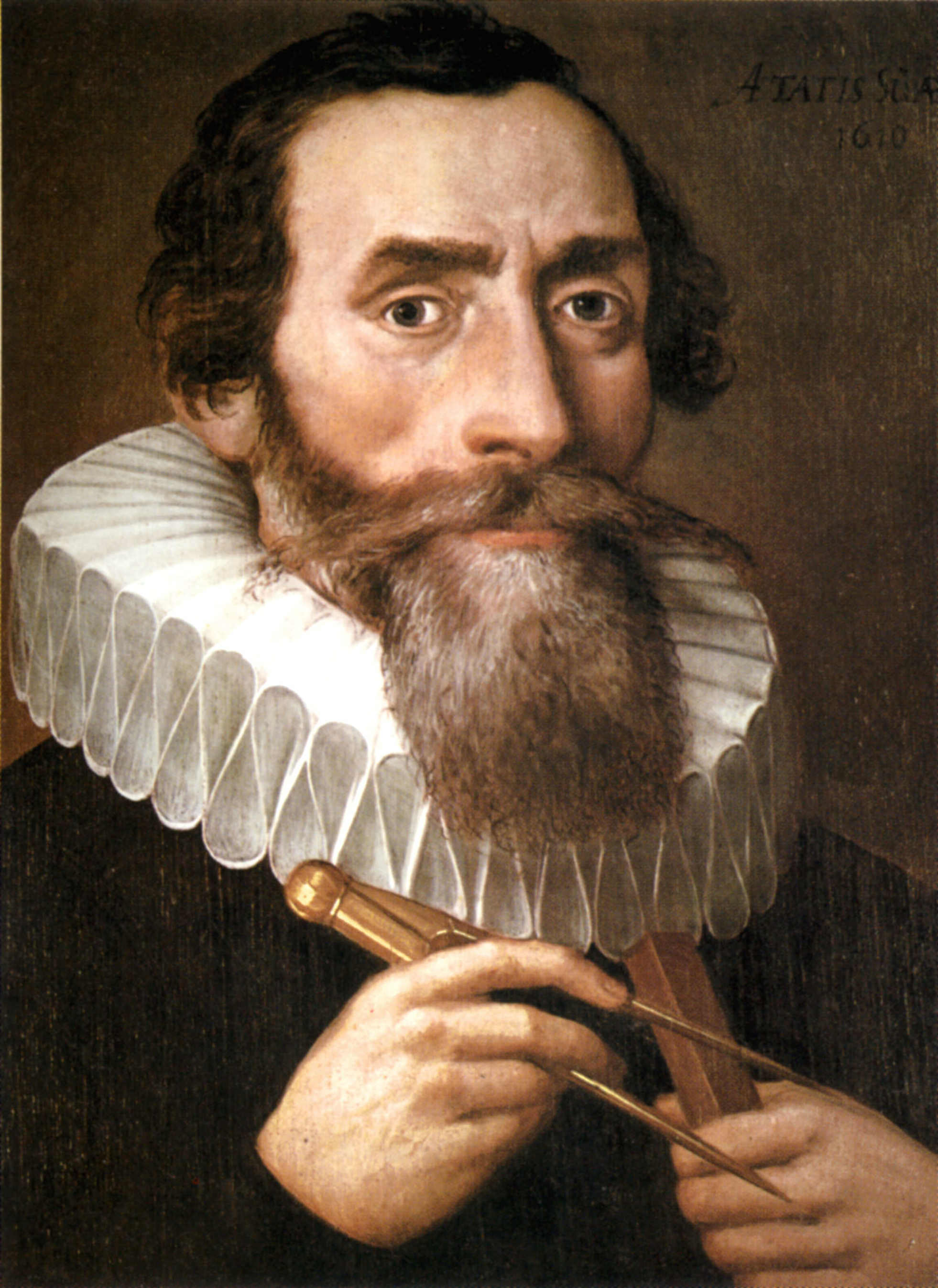Kepler, Johannes, << yoh HAHN uhs >> (1571-1630), a German astronomer and mathematician, discovered three laws of planetary motion. The English scientist Isaac Newton later used these laws to arrive at his law of gravitation (see Gravitation (Newton’s law of gravitation) ).
Kepler’s laws
describe the motions of the planets around the sun. His first law states that every planet follows an elliptical (oval-shaped) path, or orbit, around the sun. The shape of such a path, called an ellipse, is determined by two points on either side of its center, called foci (singular, focus). The first law states that the sun lies at one focus of each elliptical orbit. See Ellipse .

Kepler’s second law deals with the area swept by an imaginary line connecting the center of the sun to the center of a planet. The law states that the line sweeps out the same area in a given time, regardless of the planet’s position. In practical terms, this means that planets move faster when they are closer to the sun.
Kepler’s third law deals with a planet’s period, the time it takes to complete a trip around the sun. The law states that the square of a planet’s period is proportional to the cube of its average distance from the sun. For more information on Kepler’s laws, see Planet (Orbits) .
His life.
Kepler was born on Dec. 27, 1571, in Weil (near Stuttgart), Germany. He earned a bachelor’s degree from the University of Tübingen in 1588 and a master’s degree from the university in 1591. There, he learned of heliocentrism, the idea that the planets revolve around the sun. The Polish astronomer Nicolaus Copernicus had proposed this idea in 1543. In 1594, Kepler left his studies to teach at a Lutheran school in Graz, Austria. But he was a devout Lutheran, and Austria’s Roman Catholic rulers were forcing Protestants to convert to Catholicism or leave. Kepler left Graz in 1600 rather than convert.

Kepler had already started a lifelong search to find the underlying principles of planetary motion. He began to exchange letters with the Danish astronomer Tycho Brahe. Modern scholars consider Tycho the greatest astronomical observer before the introduction of the telescope. Kepler joined Tycho as an assistant at his observatory in Prague, in what is now the Czech Republic. After Tycho died in 1601, Rudolf II, the Holy Roman emperor, appointed Kepler to be Tycho’s successor as imperial mathematician. In 1610, Kepler was among the first to confirm discoveries that the Italian scientist Galileo had made with a telescope. Kepler considered the findings further proof of heliocentrism.
Kepler made his most significant discoveries trying to find an orbit that fit all Tycho’s observations of the planet Mars. Earlier astronomers thought a planet’s orbit was a circle or a combination of circles. However, Kepler could not find a circular arrangement to agree with Tycho’s observations. He realized that the orbit could not be circular and resorted to an ellipse in his calculations. The ellipse worked, disproving the belief in circular orbits, which was more than 2,000 years old. The results were published in Kepler’s New Astronomy (1609).
Kepler viewed his studies of astronomy and physics in religious and philosophical terms. In his early writings, for example, he identified geometrical patterns that approximated the relative sizes of the planets’ orbits around the sun. He believed that this work revealed evidence of a divine geometrical order.
Kepler made important contributions to other areas of science, including optics. For example, he helped explain how lenses work. In addition, he showed that the eye functions like a camera. Kepler also wrote a treatise (long essay) on the geometry of snowflakes—an early contribution to crystallography, the study of crystals. His The Dream (1634), published after his death, was an imaginative account of a moon voyage. It ranks as one of the earliest examples of science fiction. Kepler died on Nov. 15, 1630.
